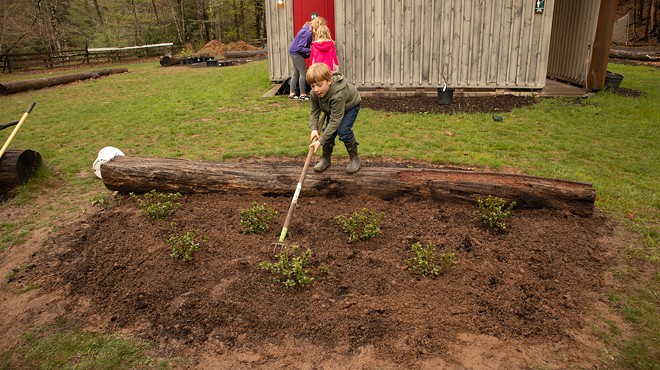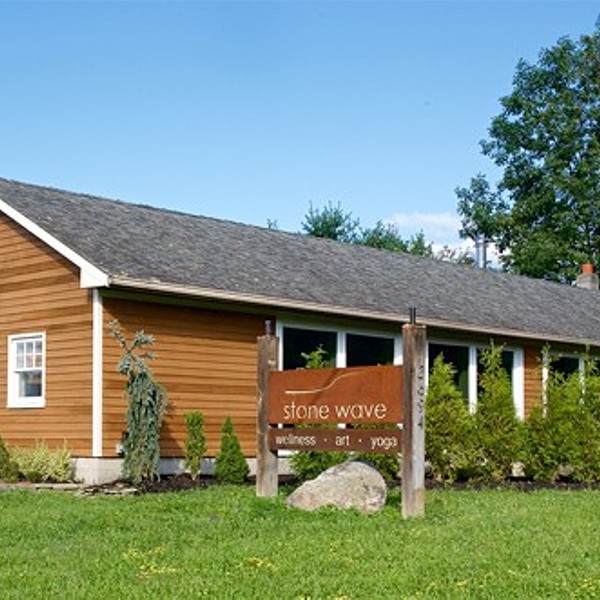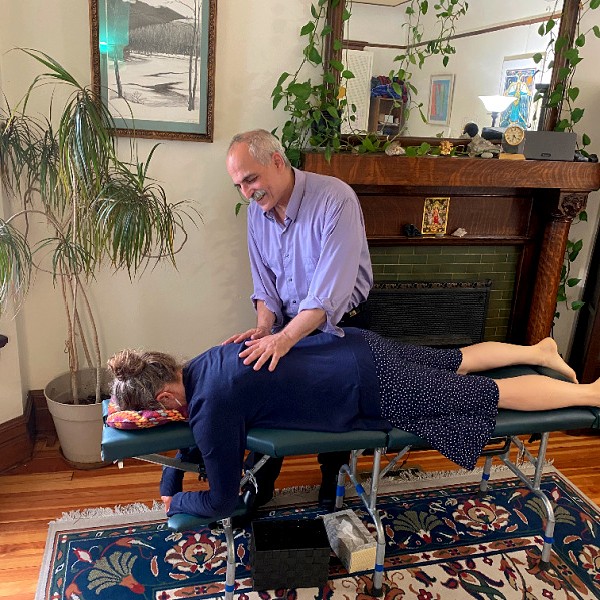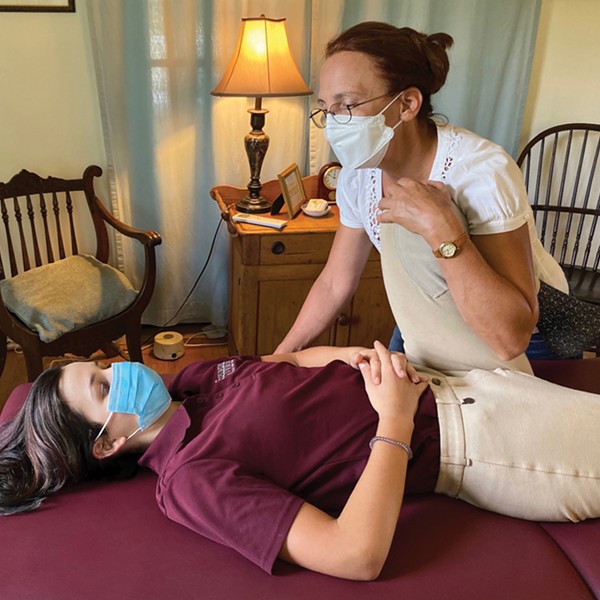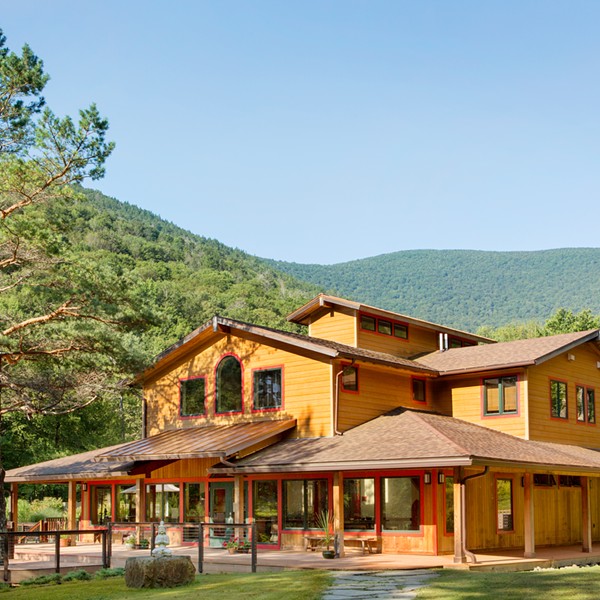The hands-on methods of CST are often very still outwardly. “For the vast majority of people, a craniosacral session is extraordinarily peaceful and subtle,” says Chessare, “yet the experience can be profound. If you ask the client or practitioner, either or both will report a whole lot going on. Each session sets into motion the organizing, self-healing capabilities we all have at our core. Reorganization at any level—physical, emotional, energetic, spiritual—can continue for hours and even days following treatment. Many clients report a decrease of symptoms; some find their senses heightened; many say they sleep much better. Virtually everyone comes away with a feeling of well-being, even those who find themselves connecting with challenging or traumatic issues.”
Chessare emphasizes that CST is different from massage, though some forms are more biomechanical—moving structures of the body—than is her approach, biodynamic CST. She doesn’t recommend experiencing CST as a one-time treatment, as spas sometimes offer it, since its effects build over time. But children often do benefit from short-term or one-time CST treatments. “Sometimes the cranial bones might have gotten jammed or misaligned at birth. To just get them on track can make a huge difference,” she says. “I have seen children with visual issues or learning disorders, or little babies who haven’t been drinking or who are crying a lot, change so dramatically. Ideally, CST would be done on newborns. If every child had a minute or two of craniosacral therapy, we would see far fewer learning disorders.”
Michele Tomasicchio is a licensed massage therapist with training in CST through the Upledger Institute. “I incorporate a lot of CST into my massage therapy sessions,” she says. “Often I do deep tissue massage and add some of the craniosacral holds. Clients can get a better result with the combination.” But her work goes into arenas far beyond the physical. “CST touches on the central nervous system, which controls all the major systems of the body, and includes emotional issues,” she says. “We’re not just physical beings, but also emotional, mental, and spiritual.” She recounts some of Upledger’s studies, and the clinical research that continues at the institute today, which show the benefit of CST on conditions with more than physical manifestations—posttraumatic stress disorder in war veterans, for instance, including those returning from Iraq.
Even something as commonplace as recurrent headache may have emotional underpinnings that CST can access. “I have a client who was working every day in an electromagnetic field,” Tomasicchio recounts. “It really affected him. He had to leave his job because of headaches, as well as anxiety. So we worked on the headaches, but some emotional issues came up during a session. He had a somatoemotional release.” Somatoemotional release is when being touched triggers a flood of feelings related to an earlier injury or trauma—whether physical or emotional. “It could have been something someone said to you,” says Tomasicchio, “and you’re holding that [past trauma] physically, in your tissue. It can cause intense feelings, like anger and resentment. CST taps into that, and helps the person release it. For some people the release can be an actual feeling of the experience.” Though it can sometimes be powerful and scary, the practitioner helps get you through to a freer, more centered place. Tomasicchio adds, “Your body is not going to show something that it’s not ready to release.”
Tomasicchio suggests that people looking for a CST practitioner educate themselves about that person’s background. “I understand the concern that someone can take just a first level training and say they do craniosacral.” She recommends finding someone who has several levels of training, especially if you have emotional issues that may run deep. You can ask a practitioner about credentials directly, or, for those with Upledger training, consult the institute’s online database of practitioners (searchable by zip code).
A medical doctor goes deep
Ron Wish is an MD based in Nyack who focuses on craniosacral therapy in his healing practice and teaches an intensive CST training program. His approach and training include somatoemotional release. Wish explains, “Sometimes people need to go back to old traumas—physical abuse, sports injuries, old infections, hospitalizations, surgeries, childbirth [as a trauma for the baby or the mother], abortions, and miscarriages—to help resolve the memories that get stored in the tissues and cells, not just in the mind.”








